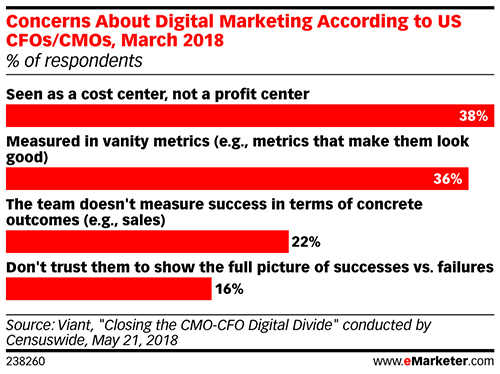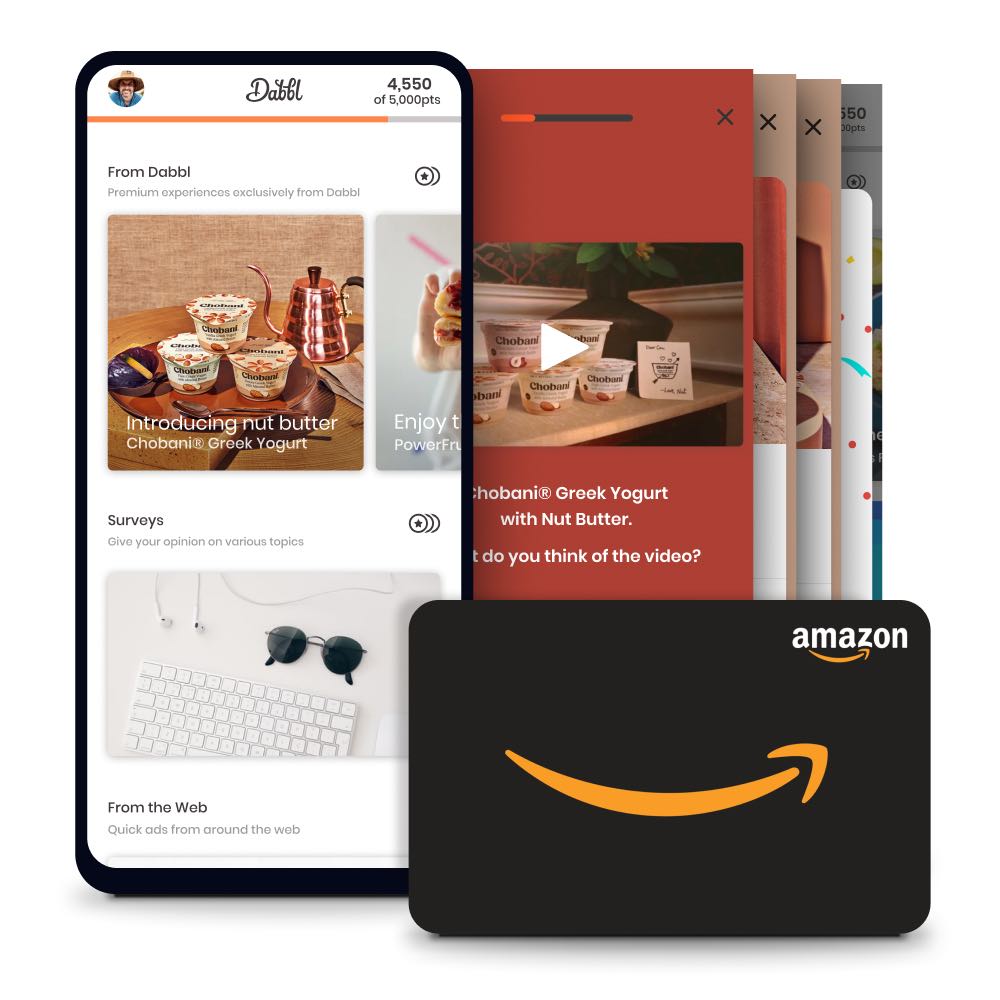Back in the golden days of advertising, an impression started out as a measurement unit for publishers and advertisers to determine the value/success of the ad(s) ability to reaching consumers, calculated as a cost per thousand (CPM). In lieu of no consumer engagement or interaction with this content, this worked fairly well in determining the value of ad placements, which were primarily focused on print, outdoor, radio and television.
Then along came this little thing called the internet, which led to the genesis (and explosion) of digital marketing. As advertisers began to discover this newfound technology, connectivity, and access to consumers, their marketing strategy and tactics quickly evolved, as did the definition (and value) of the impression.
In the online world, an impression became the metric to evaluate reach and performance of digitally distributed content, such as views of web display ads, social media activity, watched video, and more. A natural byproduct of these new media channels is a slew of new data and metrics (analysts rejoice) such as email ‘opens’, social media ‘followers’ and ‘likes’, as well as web page ‘views’, ‘visitors’ and ‘hits’.
Although these fashionable numbers are great to show off in client meetings, the problem is that they don’t actually tell you any truths to how the marketing (and business) is actually performing. They are nothing but ‘empty calories’ in a brand’s diet. To put it simply, if a metric doesn’t assist you in making business decisions or achieving business objectives, then it’s vanity metric.
“I’m pretty sure there’s a lot more to life than being really, really, ridiculously good looking. And I plan on finding out what that is.”
According to the Association of National Advertisers, only one-quarter of all digital ad spend ever reaches actual people. And even if an ad reaches someone, are they really a human (bots make up more than one-half of all internet traffic globally)? And did they even see it?
Back in 2014 (a decade ago in tech-years), the Media Rating Council (MRC) established a set of standards to measure viewability, requiring 50 percent of a display ad to be in view on a screen for one second (two seconds for video) before an advertiser is charged. How much of a good ‘impression’ can you get in ONE SECOND?
In a March 2018 survey of 50 CFOs in the US, 36% of respondents said one of their biggest concerns about the digital marketing at their organization is that they measure in vanity metrics. The surveyed CFOs concluded that many data points they’re presented with by marketers don’t really matter to their ultimate goals.

Then What Should We Be Measuring?
The key objective of advertising is to garner consumer time and attention in order to drive key message recall, brand awareness and purchase intent. You cannot effectively achieve this by monitoring and reacting to vanity metrics. One thing you surely will learn from digital impression metrics is how much you are interrupting and annoying your audience by trying to get their attention while they are wanting to do something that ISN’T watching ads.
Today’s consumer is proactively choosing, and in fact PAYING not to see ads. And this trend will continue without new marketing strategies, tactics and above all, respecting the consumers’ time and valuing their attention when you have it.
On the surface, these numbers may not be as really, really good looking as your vanity metrics, but their value in regards to marketing/business success is invaluable. Today’s advertiser should be focusing on activities that drive ongoing engagement and empower the consumer to control their ad experiences…
- engagement rate
- time spent (engaged)
- social shares
- comments
- competitor follows
- active users
It’s time to stop asking how many “impressions” an ad got. No more strutting around about superficial results and start seeking out the things that can (and will) bring the brand and consumer closer together than ever before. Bottom line: brands and agencies both need to refocus on delivering experiences that people will appreciate and trust.

